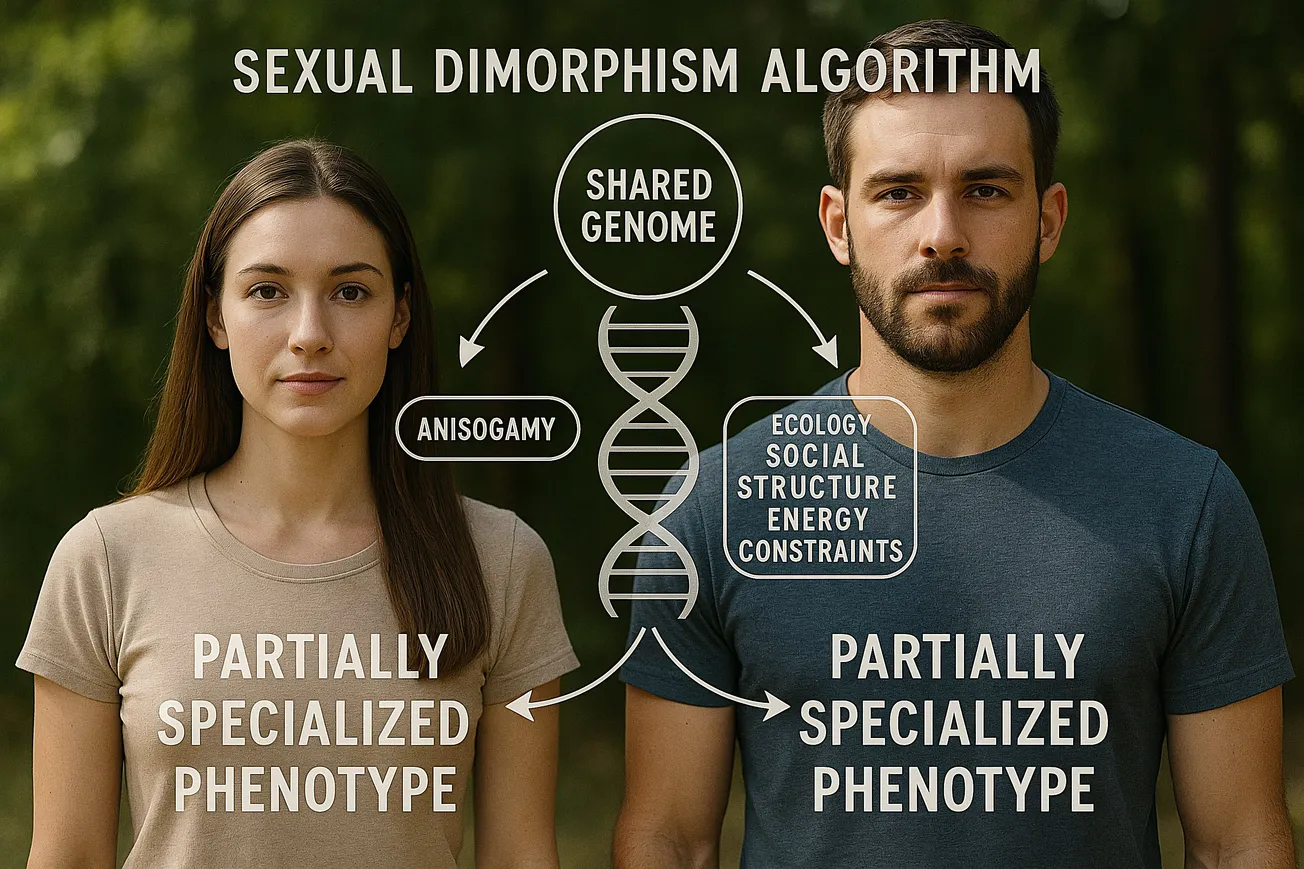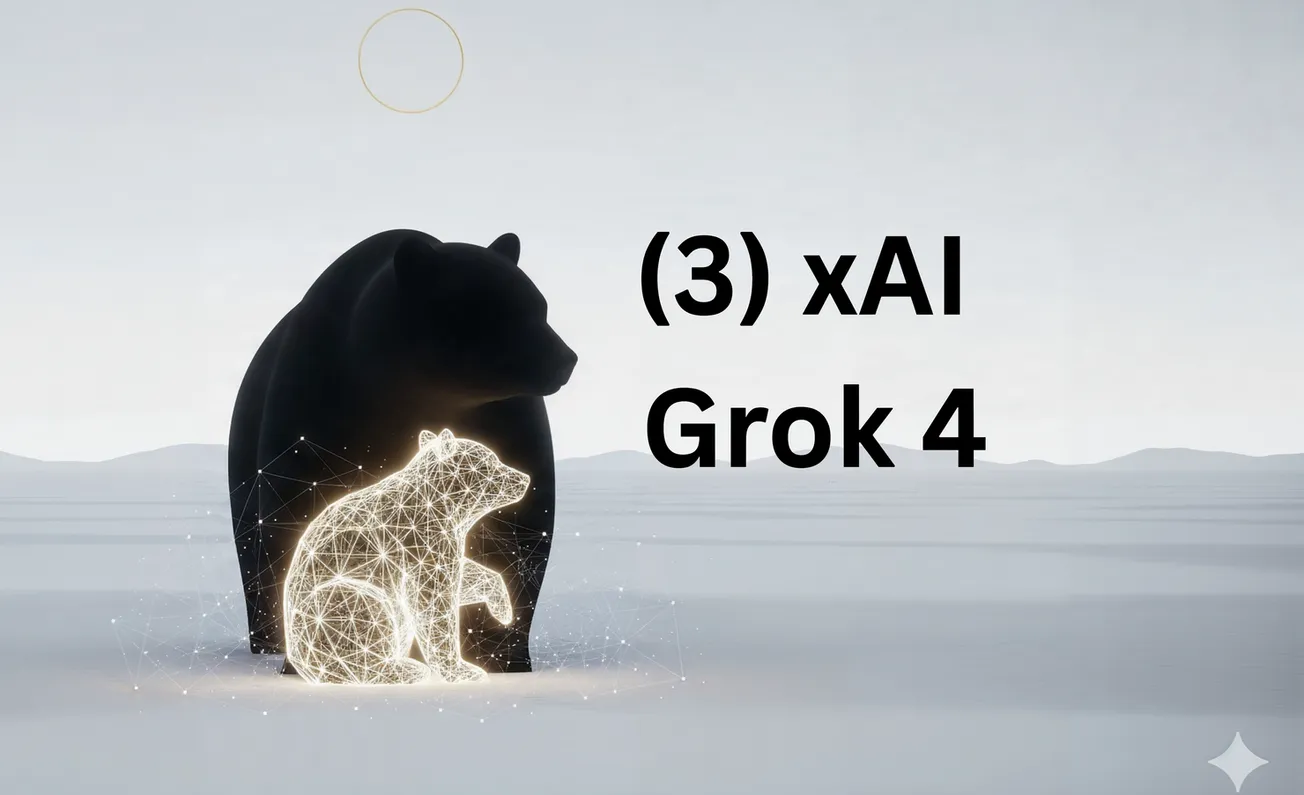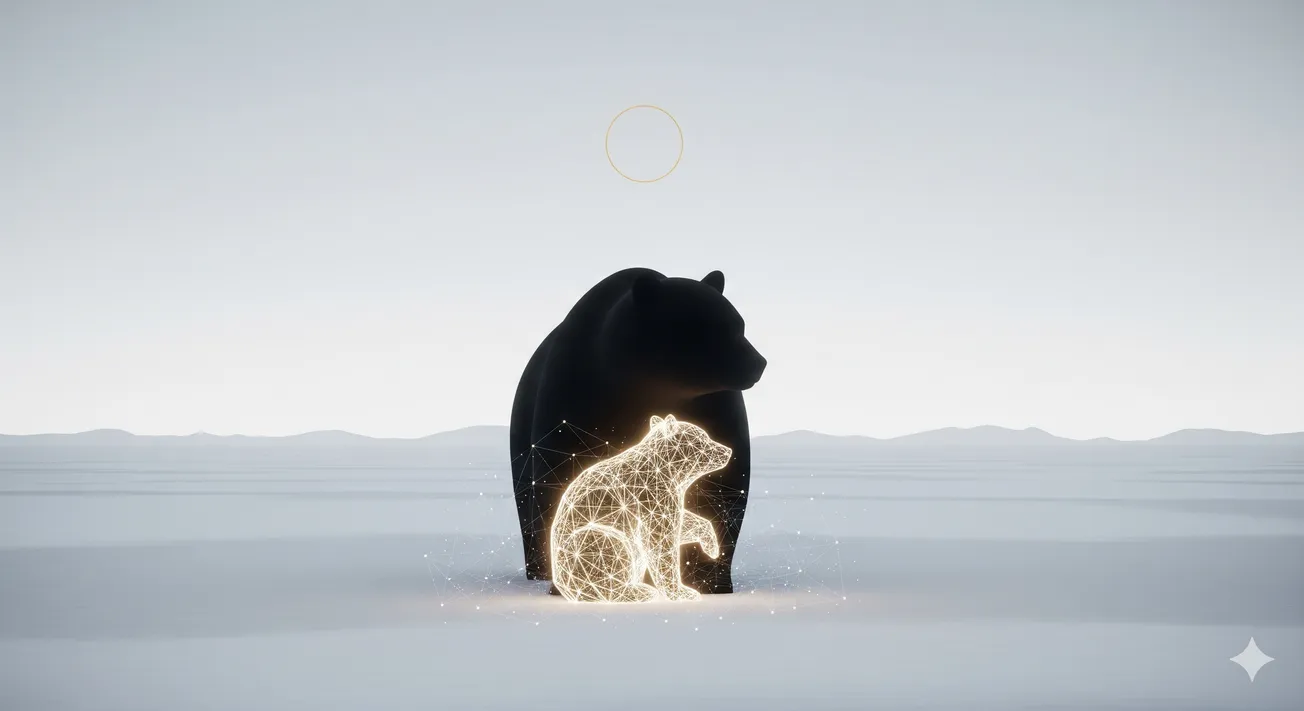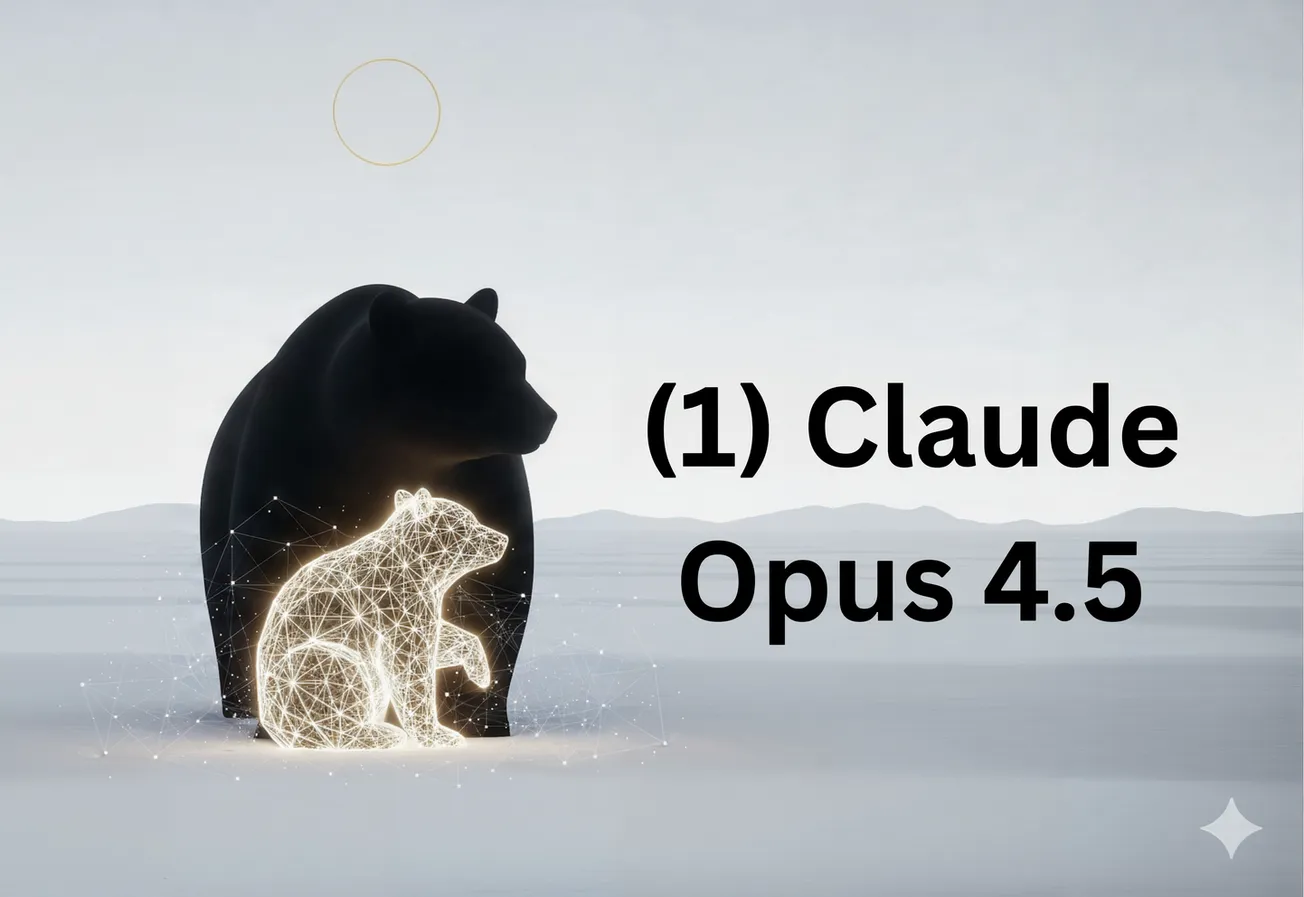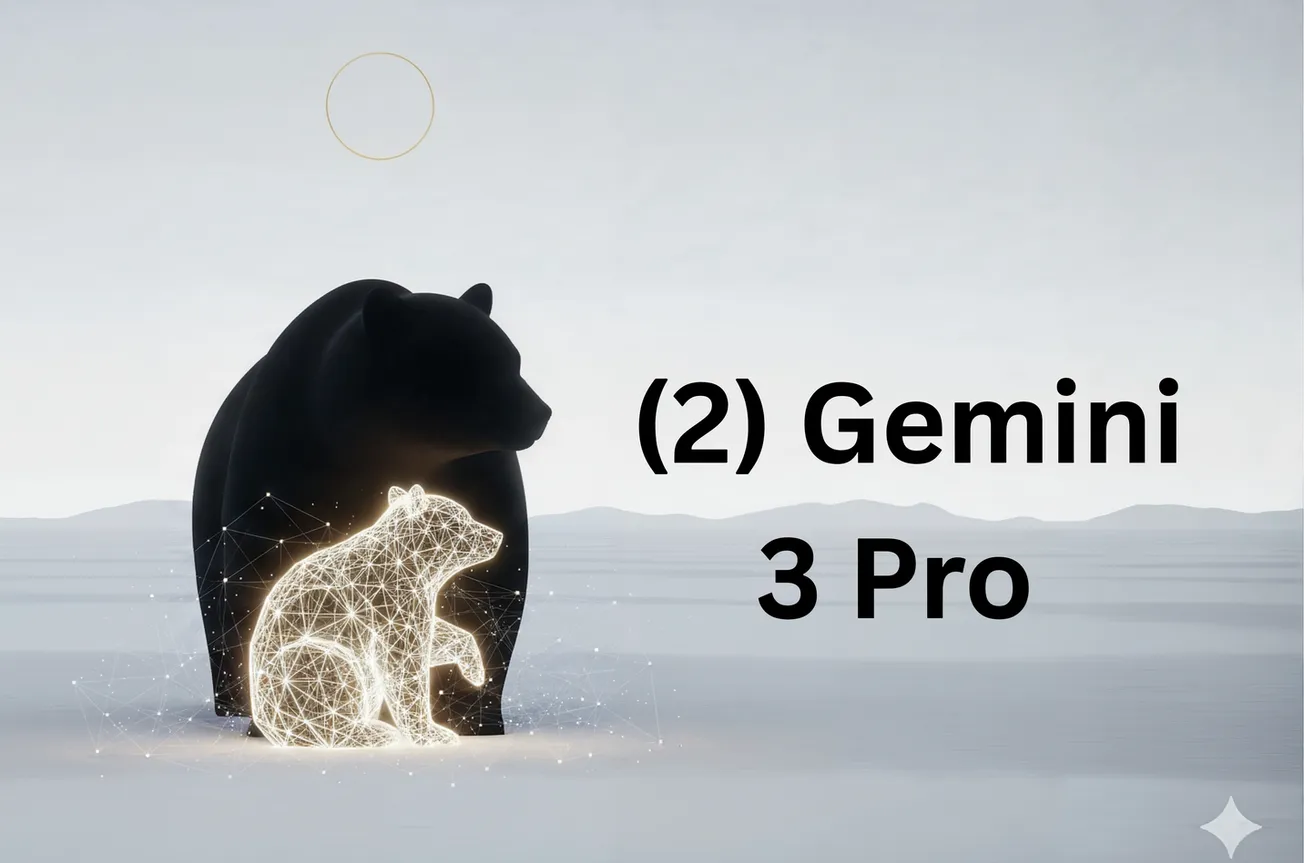Table of Contents
Short answer first. Sexual dimorphism—the consistent, non‑genital differences between females and males—acts like an evolutionary algorithm: given certain inputs (anisogamy, ecology, social structure, energy constraints), it “computes” two partially specialized phenotypes from a shared genome. In our lineage, this algorithm: (1) safeguarded reproduction (e.g., an obstetrically adapted female pelvis and energy stores), (2) managed risk and competition (e.g., male‑biased upper‑body musculature and low voice pitch), (3) enabled long childhoods and cooperative care, and (4) distributed health trade‑offs (e.g., sex‑biased immunity). The familiar human pattern—modest size dimorphism but large differences in body composition, voice, and pelvis—reflects the combined action of natural selection (gestation, childbirth, energetics) and sexual selection (mate choice, male–male competition), tuned by culture. (PNAS, PLOS, PMC)
Below, I unpack this “algorithm” in six parts: inputs, outputs, mechanisms, constraints, consequences, and open questions.
1) Inputs to the algorithm
Anisogamy sets the baseline asymmetry. Large, scarce eggs vs. small, numerous sperm bias initial parental investment. That asymmetry makes maternal physiology—and therefore female morphology and metabolism—a central target of selection.
Ecology and social structure matter. Human infants are unusually costly and slow‑maturing. That pushed our ancestors toward cooperative breeding (many hands help) and, often, pair‑bonding—conditions that favor reliability and provisioning over extreme weaponry. Those ecological and social inputs consistently weaken size arms races compared to highly polygynous primates, but they do not eliminate sexual selection. (PNAS)
2) The outputs you can see
(a) Size vs. composition.
- Height and mass. Modern human height dimorphism averages roughly 7% (men ≈7% taller on average), with cross‑population variation; mass dimorphism is somewhat larger and more labile. This is far below gorillas but above species with strict monogamy. (Our World in Data)
- Muscle vs. fat. The large differences are in composition: men carry substantially more lean and upper‑body muscle, women carry more total body fat with a gynoid (gluteofemoral) bias—patterns robust across diverse samples. These composition differences dwarf height differences and are the clearest morphological signature of human dimorphism. (PMC)
(b) Pelvis and birth canal.
Female pelvic form is specialized for obstetrics; the birth canal is wide and variable across populations, tuned by climate, growth, and developmental timing. Classic “obstetric dilemma” views (bipedalism vs. birth) have been revised: pelvic width doesn’t clearly raise locomotor cost, and maternal metabolic limits appear to constrain gestation length more than bony geometry alone. Net: strong selection on female growth and pelvic architecture to pass big‑brained neonates, with energetic ceilings setting the clock. (PLOS, PNAS)
(c) Vocal tract and face.
Humans exhibit striking voice‑pitch dimorphism (men’s average F0 ≈ 110–120 Hz; women ≈ 200–220 Hz). Across primates, deeper male voices track polygyny and male competition; in humans, low male pitch signals dominance and sometimes attractiveness—evidence of sexual selection acting on the larynx and vocal tract. Facial breadth (bizygomatic width) is also male‑biased when measured carefully (avoiding ratio artifacts). (PMC)
(d) Arms race traits turned down.
Compared with many primates, hominin canines are small and weakly dimorphic—consistent with a long trend away from weaponized biting and extreme male–male combat as the dominant mating route. Human relative testes size sits between chimpanzees and gorillas, suggesting historically moderate sperm competition, consistent with pair‑bonding plus some extra‑pair mating. (PubMed, Wiley Online Library)
3) The implementing mechanisms
A shared genome, split by regulation. Roughly a third of human genes show sex‑biased expression in at least one tissue, mostly via autosomal regulation modulated by sex steroids and transcription‑factor networks; these biases differ by tissue and evolve quickly. This is how one genome yields two partially specialized bodies without needing many sex‑specific genes. (Science)
Sex chromosomes and the Y. The Y chromosome carries a compact set of genes central to testis development and spermatogenesis. Its complete sequence (2023) revealed previously missing gene families and structure, clarifying male‑specific pathways but also underscoring that most dimorphism is driven by regulation across the genome, not by a large catalog of Y‑only genes. (Nature)
Hormonal “knobs.” Pubertal testosterone and estrogens orchestrate dimorphic growth (muscle, larynx, fat patterning), while lifecycle endocrine shifts (pregnancy, menopause) reconfigure metabolism and tissue allocation. Immuno‑endocrine trade‑offs exist, but the popular “testosterone always suppresses immunity” story has mixed human support—effects are context‑dependent. (PMC, Nature)
Conflict and its resolution. Because the sexes share most of their genome, alleles that help one sex can harm the other (intralocus sexual conflict). Evolution often resolves this by sex‑biased expression, gene duplication, or life‑stage timing (e.g., late‑acting male benefits). This tug‑of‑war is ongoing in humans and shapes disease risk. (files.zoology.ubc.ca, Wiley Online Library)
4) The big constraints that shaped us
Childbirth and energy. Female height and pelvic form face correlated selection from fetal head size and maternal energy budgets. This helps explain why humans show modest size dimorphism despite clear composition dimorphism: females likely shifted upward to meet obstetric and metabolic demands, not only males shifting downward in competition. (PMC)
Cooperation beats arms races. Human foraging, cooperative childcare, and pair‑bonding reduce payoffs to extreme male weapons (e.g., huge canines) while keeping some male–male competition; the algorithm “chose” strength and signaling (upper‑body muscle, voice) over dangerous spikes. (PubMed, PMC)
Plasticity and development. Pelvic canal shape and stature respond to nutrition and climate; the birth canal varies a lot among populations, meaning the constraint isn’t a single bony choke point but a developmental corridor that different ecologies traverse differently. (PMC)
5) Consequences for bodies, behavior, and health
Division of energetic labor (statistical, not prescriptive).
- Females: higher essential fat with DHA‑rich gluteofemoral depots supports gestation and lactation; shifting fat distribution and pelvic design are part of the reproductive specialization. (PMC)
- Males: more upper‑body muscle and lower voice facilitate competition, coalitionary defense, and provisioning—forms of contest and signal rather than weaponized morphology. (PMC)
Mating systems and sexual selection. Our mixed mating ecology (pair bonds within fluid coalitions) helps explain the blend: low size dimorphism, moderate sperm competition, strong voice and muscle dimorphism. That package points to moderate male competition + mutual mate choice, not extreme harems or strict monogamy. (Wiley Online Library, PubMed)
Risk and violence. Across cultures, men commit and suffer the vast majority of homicides. Whatever its proximate social causes, this skew aligns with a long history of higher male variance in reproductive success and investment in risky status competition. (The pattern is descriptive; it is not a moral claim.) (UNODC)
Immunity and disease. Females show stronger immune responses and much higher rates of many autoimmune diseases; mechanistic work now implicates Xist ribonucleoprotein complexes (female‑specific due to X‑inactivation) as one driver of that bias. Males, conversely, show higher mortality across much of the life course. These differences are part of the algorithm’s health ledger. (JCI, Cell, NCBI)
6) The algorithm, stated plainly
You can think of human sexual dimorphism as a control policy that the genome implements under ecological constraints:
- Objective 1: Reproductive safety and supply. Prioritize fetal/infant brain growth and safe delivery → select for female pelvic geometry, stature within limits, and energy storage tuned to gestation/lactation. (Natural selection dominant.) (PNAS)
- Objective 2: Partner choice and conflict management. Enable credible commitment, provisioning, and coalition defense without runaway arms races → select for male traits that signal quality/formidability (voice, strength) but avoid teeth‑and‑tusk escalation; calibrate testes investment to moderate sperm competition. (Sexual selection + cultural scaffolding.) (PMC, Wiley Online Library)
- Objective 3: Resolve genomic tug‑of‑war. Use sex‑biased expression to approach sex‑specific optima and park antagonistic alleles where their costs are minimized (e.g., late‑acting male benefits). (Regulatory evolution.) (files.zoology.ubc.ca)
The output is our species‑typical pattern: small height gaps, big composition and voice gaps, obstetric specialization, modest sperm competition, and wide pelvic variation.
7) What this says about “male” and “female” in humans
- Dimorphism ≠ destiny. The algorithm sets probabilistic tendencies and constraints. Culture, technology, and individual variation re‑weight the payoffs.
- Dimorphism is mosaical. Humans combine reduced weaponry (canines) with heightened signals (voice) and energetic specialization (fat vs. muscle). That mosaic is exactly what you’d expect from multiple objectives balanced at once. (PubMed, PMC)
- Dimorphism is still evolving. As nutrition, disease ecology, norms, and technology shift, the inputs change (e.g., contraceptive control, safer childbirth, different labor demands), and the algorithm re‑tunes phenotypes across generations—mostly via plasticity and selection on regulation rather than new “sex genes.” (Science)
8) Open questions (and how to test them)
- Energetic ceilings vs. pelvic geometry. Exactly how much do maternal metabolic limits vs. bony constraints determine birth timing across populations with different diets and workloads? Combine doubly labeled water studies in late pregnancy with high‑resolution pelvic morphometrics and neonatal outcomes. (EGG vs. obstetric‑dilemma refinements.) (PNAS, PMC)
- Conflict genes in humans. Which human alleles show clear sexually antagonistic fitness effects today, and how often does sex‑biased expression resolve them? Large biobank GWAS stratified by sex, with mediation through tissue‑specific eQTLs. (Wiley Online Library, Science)
- Voice as a live signal. Does low male F0 reliably predict cooperative formidability (coalitional value) rather than just dominance in contemporary groups? Field studies pairing acoustic phenotypes with longitudinal cooperation and reputation data. (PMC)
- Sperm‑competition calibration. How have changing mating norms and paternity certainty shifted testes size, semen traits, or gene expression across recent centuries? Comparative historical cohorts plus cross‑primates meta‑analysis. (Wiley Online Library)
- Immune sex bias mechanisms. How much of female‑biased autoimmunity is explained by Xist complexes versus hormones or microchimerism? Translate the Xist mouse/human cell findings into prospective human cohort biomarkers. (Cell)
9) A caution on interpretation
It’s tempting to read dimorphism as a script for behavior. That’s the wrong level of analysis. The algorithm explains why two bodies specialize in some ways under ancient constraints; it does not prescribe modern roles. Still, understanding the design principles—energetic allocation, obstetric geometry, signaling vs. weaponry, and regulatory conflict—clarifies why the human pattern looks the way it does.
One‑page takeaway
- Why dimorphism at all? Anisogamy + costly offspring + social cooperation → selection pressures differ by sex.
- What changed in humans? Less weaponry (small canines), more signals (deep voice), composition gaps (muscle vs. fat), obstetric specialization, and moderate sperm competition. (PubMed, PMC, Wiley Online Library)
- How is it built? Not “sex genes” alone but sex‑biased regulation across the genome, steered by hormones and sex chromosomes (Y for testis; Xist for female dosage control). (Science, Nature)
- What does it cost? Different disease vulnerabilities (female‑biased autoimmunity; higher male mortality), reflecting opposite edges of the same allocation logic. (JCI, NCBI)
If we call this an algorithm, it’s one that found a composite optimum: two bodies, tuned differently, to raise slow‑growing minds in a volatile world—without committing to the wasteful extremes seen elsewhere in primates.
